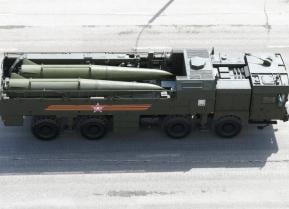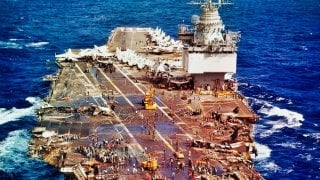'Overheated Rocket' Nearly Destroyed a Navy Nuclear Powered Aircraft Carrier
A Zuni rocket mounted on an F-4 Phantom II overheated due to the exhaust from a nearby MD-3A "huffer" starter unit, igniting the rocket and causing a chain of explosions.
What You Need to Know: On January 14, 1969, the USS Enterprise (CVN-65) suffered a catastrophic fire while conducting an operational readiness inspection near Pearl Harbor.
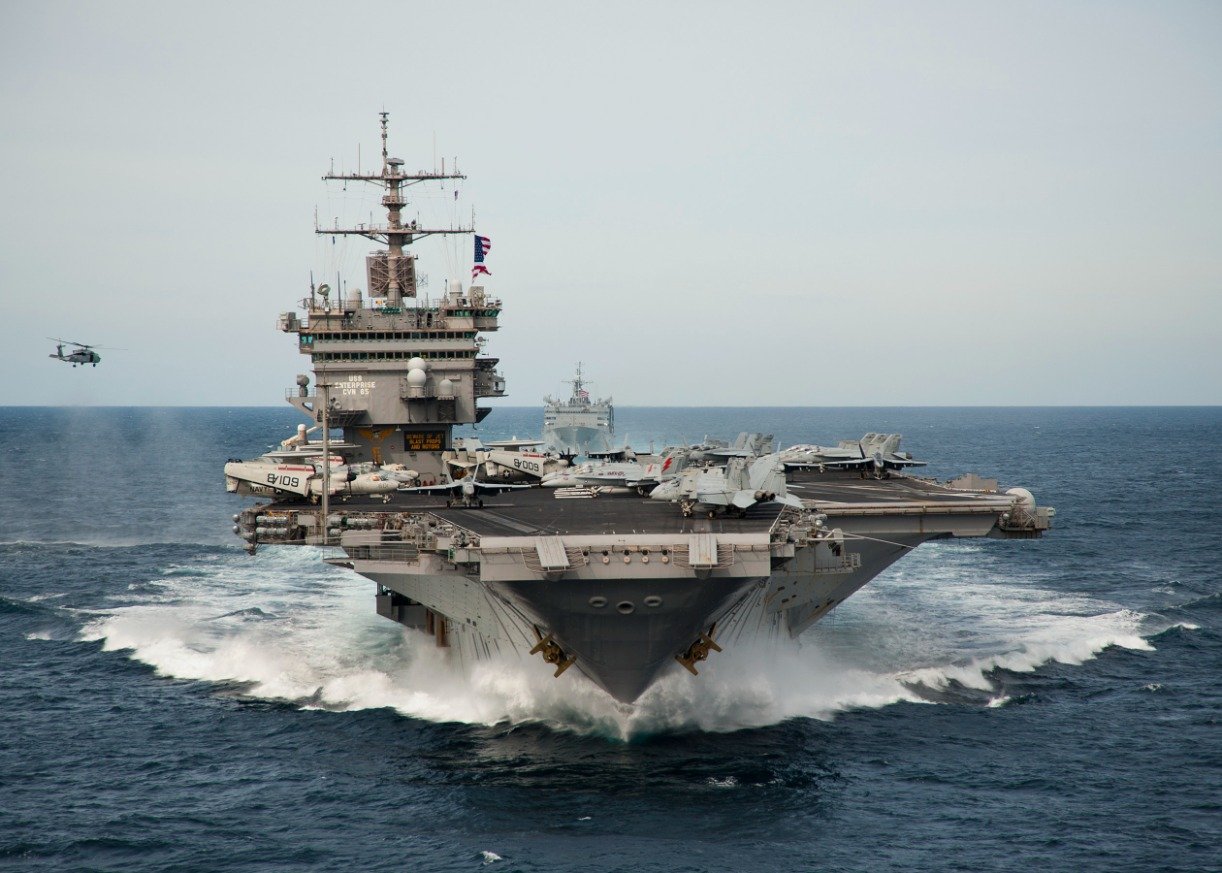
-A Zuni rocket mounted on an F-4 Phantom II overheated due to the exhaust from a nearby MD-3A "huffer" starter unit, igniting the rocket and causing a chain of explosions.
-The resulting fire destroyed eight F-4s, six A-7s, and one EKA-3B tanker, as well as tearing massive holes in the flight deck. The disaster killed 28 personnel and injured 314, serving as a grim reminder of the dangers of naval aviation and the need for constant vigilance.
USS Enterprise Conflagration
The USS Enterprise (CVN-65) is among the most important aircraft carriers in U.S. Navy history. And on January 14th, 1969, the Enterprise suffered one of the most important events in her storied history: an epic conflagration that caused twenty-eight deaths and 314 injuries.
What Happened?
Here’s what happened. The Enterprise was performing an operational readiness inspection (ORI) near Pearl Harbor, Hawaii. On the morning of January 14, the vessel was to launch a variety of aircraft, including the F-4 Phantom II, A-7 Corsair II, RA-5C Vigilante, EKA-3B tanker, and E-2A Hawkeye, at 0830. After the ORI was completed, the Enterprise was to deploy to Vietnam for the fourth time.
An explosion occurred, at 0818, on the port quarter of the flight deck, outside the landing area. “An MD-3A aircraft starter unit “huffer” had been positioned so that hot exhaust was blowing on the warhead of an MK-32 5-inch Zuni rocket,” according to the Navy. The warhead was mounted beneath the wing of an F-4 Phantom that was gearing to launch. “The hugger’s exhaust temperature could reach 590 degrees Fahrenheit at a two-foot distance, while only 358 degrees was sufficient to cook off the warhead in about one minute and 18 seconds.”

The explosion of the Zuni rocket would have been a problem enough; however, the F-4 was also carrying two external fuel tanks, three more Zuni rockets, and six MK 82 500-pound bombs. Naturally, when the Zuni exploded, shrapnel ripped through the F-4’s external fuel tanks, causing a JP-5 fuel fire. Then, the other Zuni rockets exploded, ripping holes in the fight deck, and allowing the burning JP-5 fuel to leak into the bowels of the Enterprise.
The Enterprise’s skipper acted immediately, positioning the Enterprise so that the wind blew the smoke and flames away from the flight deck. Still, the problem was about to compound; one of the 500-pound bombs exploded. Then another. And another. Then three more.
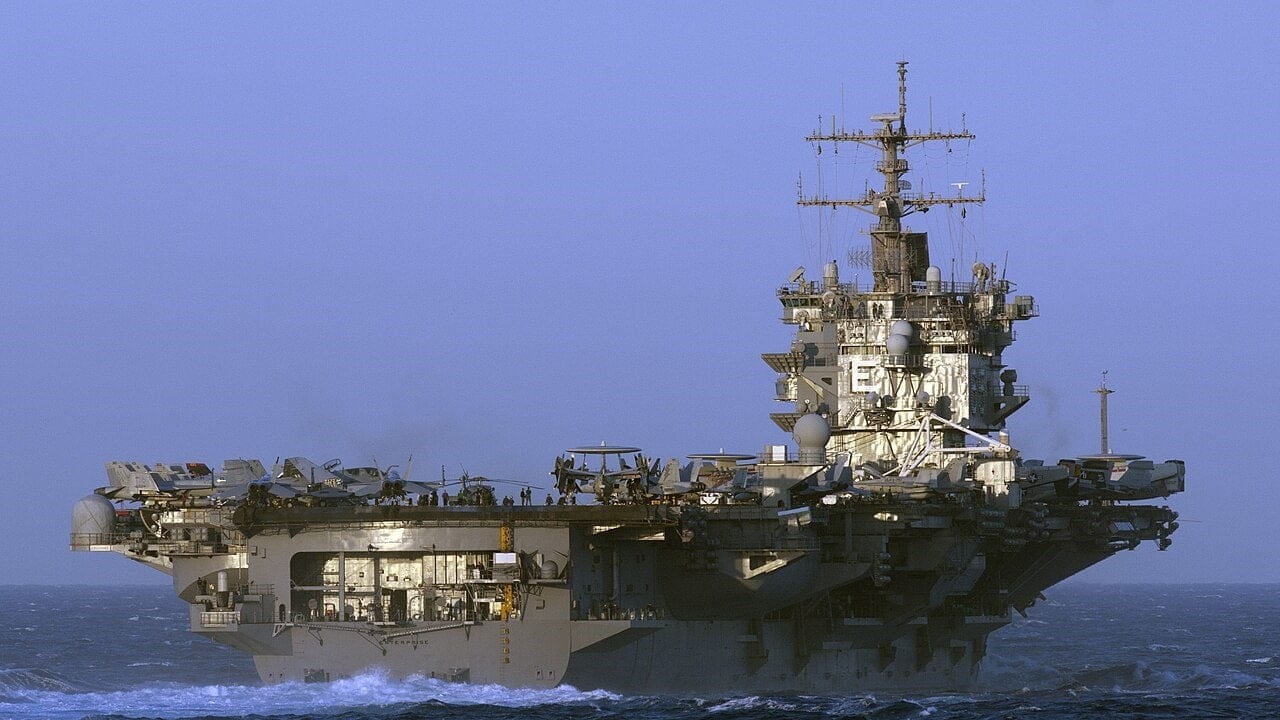
A massive hole was ripped into the flight deck. A 6,000-gallon fuel tank ruptured, causing a massive fireball. “In all, there were eighteen explosions that blew five large holes in the flight deck,” the Navy determined. Eight F-4s, six A-7s, and one EKA-3b tanker were destroyed. More important still was the human toll.
The huffer driver was killed instantly. The F-4’s radar intercept officer (RIO) was killed in the fire while the pilot would die of his burns months later. Many more would die in the second explosion, as they were rushing to fight the fire. “A preponderance of those killed were flight deck maintenance personnel of VF-96 and VF-92, and from the ship’s V1 Division,” the Navy found. “Other crewmen were killed as they ran bravely toward the fire, while others were trapped in compartments below decks.”
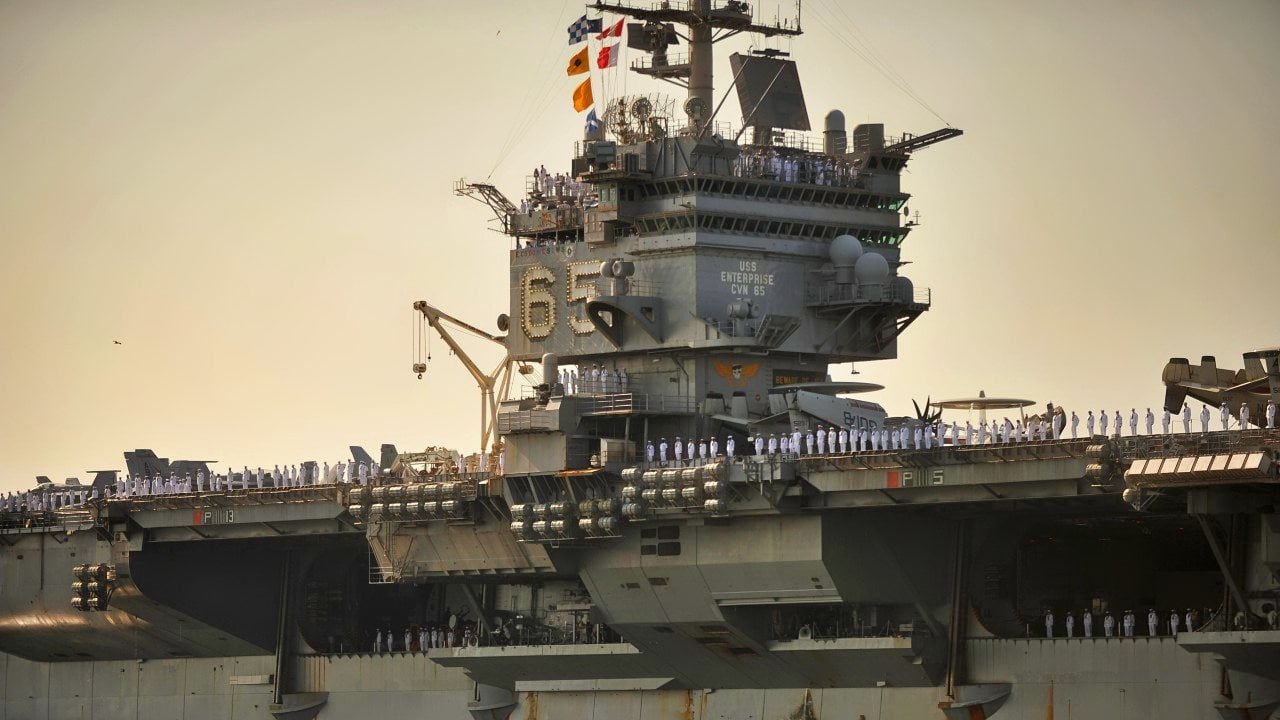
The incident served as a refresher for the inherent dangers of naval aviation, where jet fuel warhead rotor blades, and steam catapults are all jammed into tiny spaces and sailed out to sea.
“The moral of the story,” according to the Navy, “is that complacency kills and it is important to remain ever vigilant.”

About the Author: Harrison Kass
Harrison Kass is a defense and national security writer with over 1,000 total pieces on issues involving global affairs. An attorney, pilot, guitarist, and minor pro hockey player, Harrison joined the US Air Force as a Pilot Trainee but was medically discharged. Harrison holds a BA from Lake Forest College, a JD from the University of Oregon, and an MA from New York University. Harrison listens to Dokken.
Image Credit: Creative Commons and/or Shutterstock.
